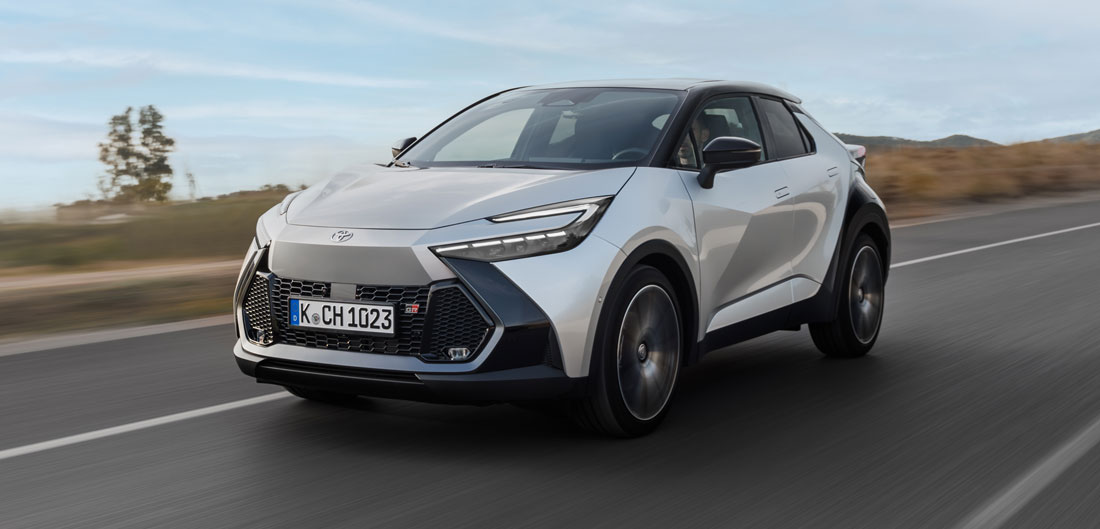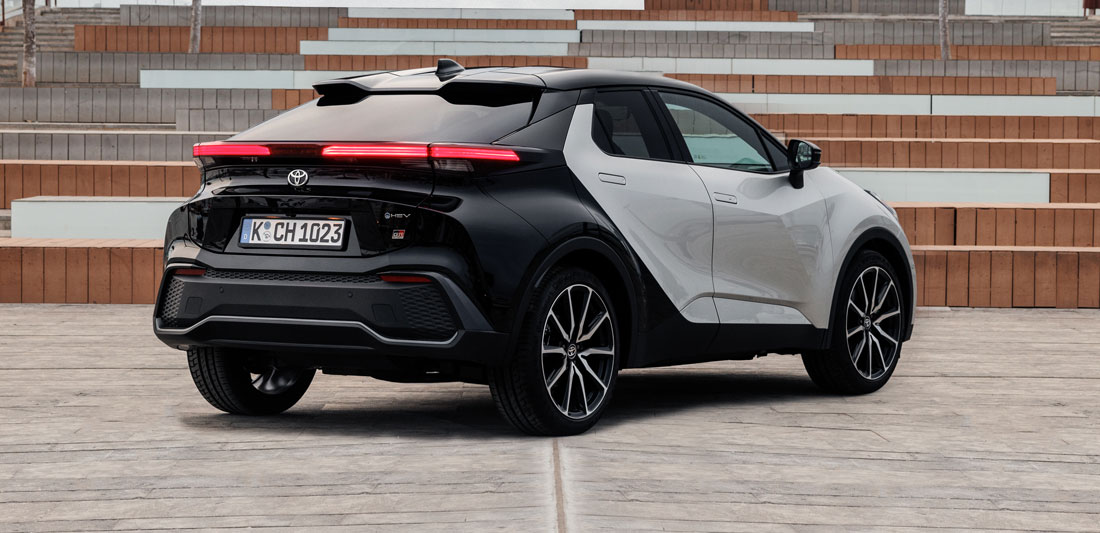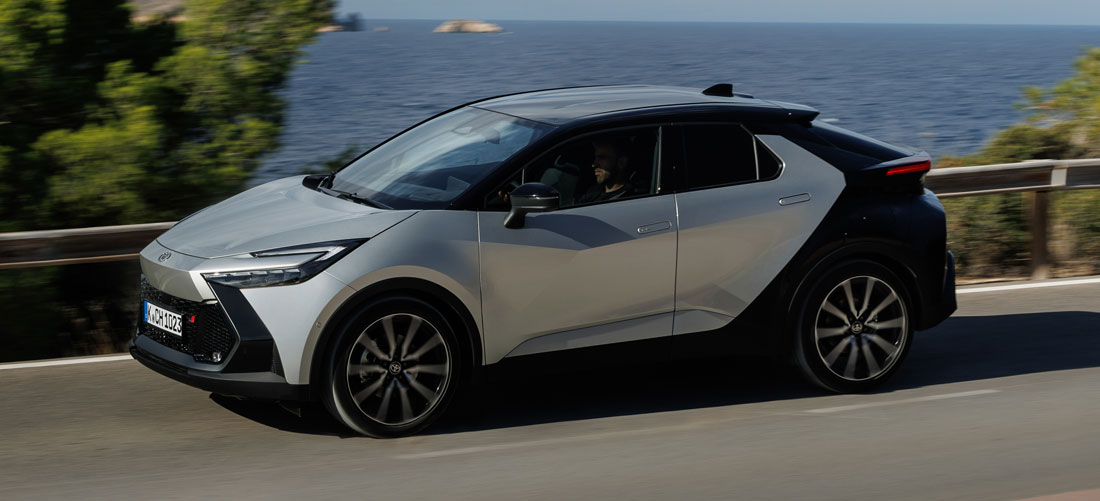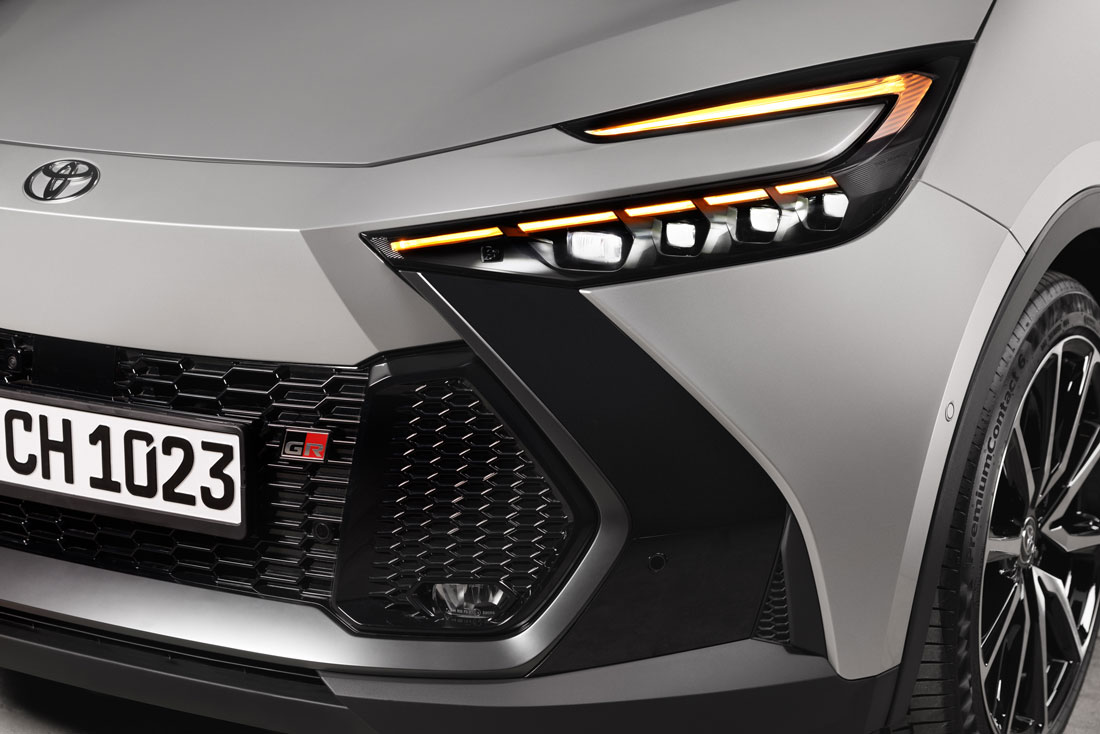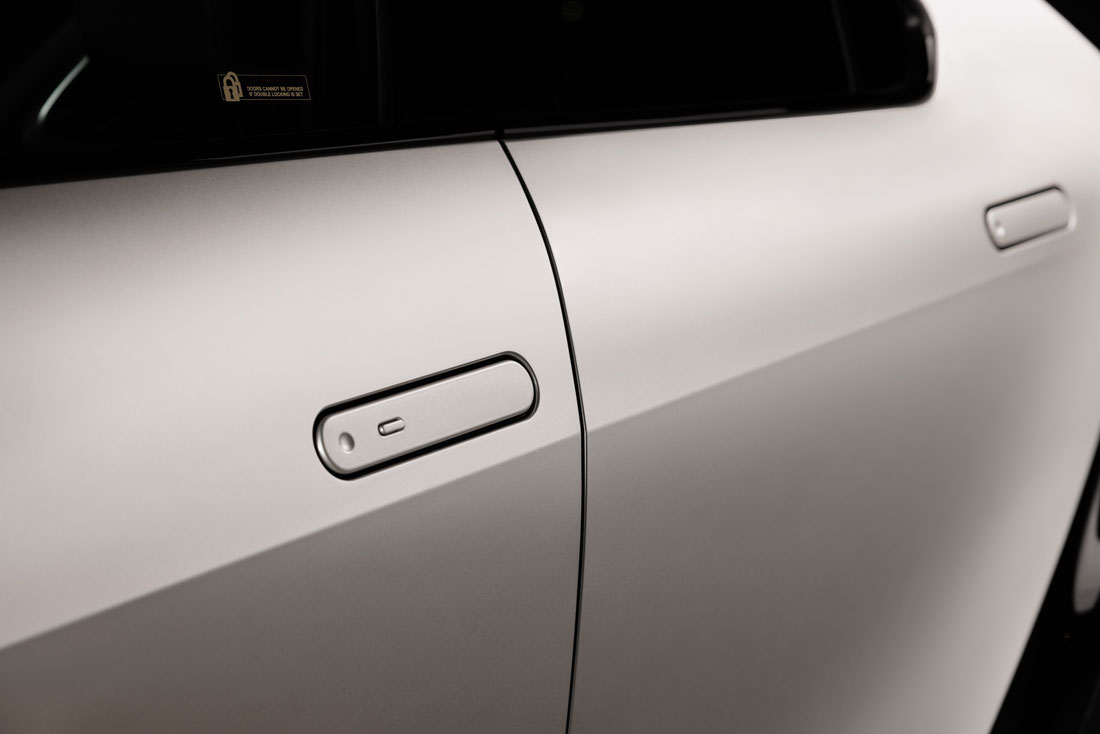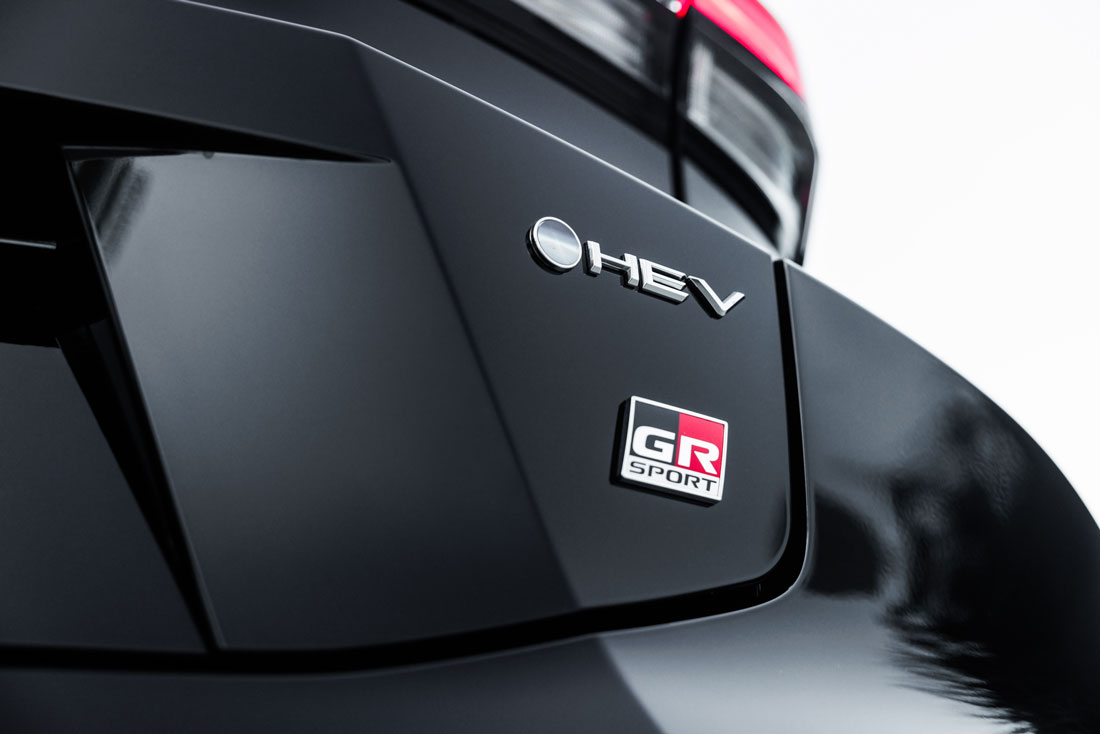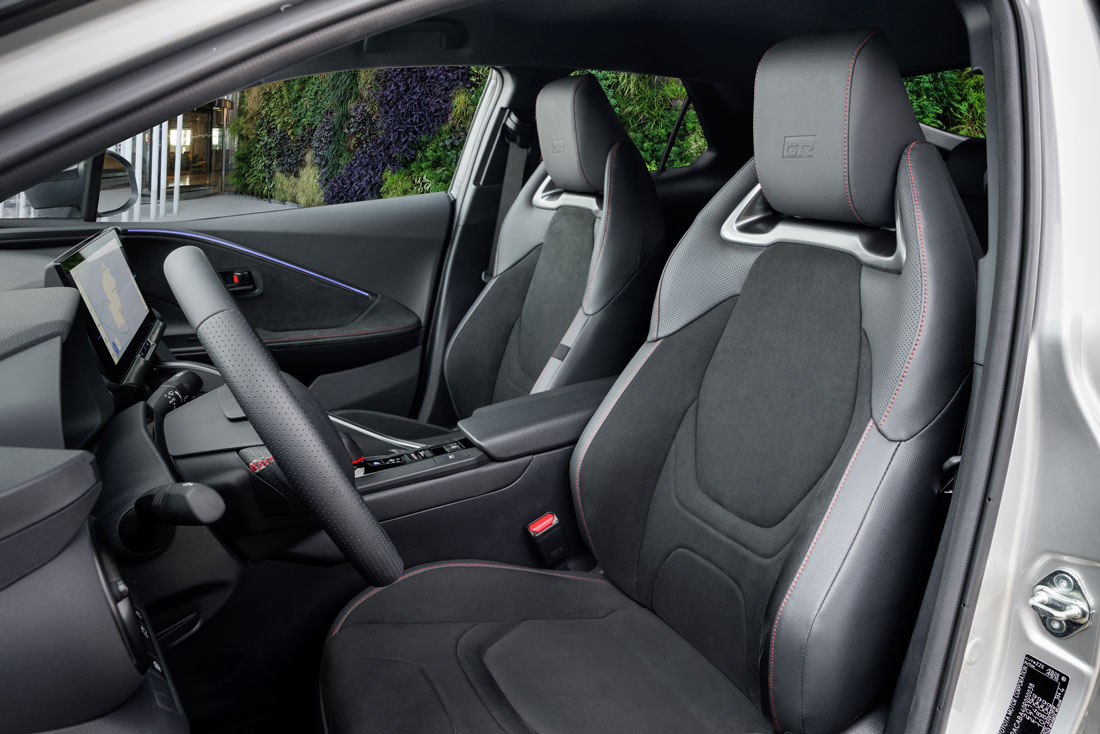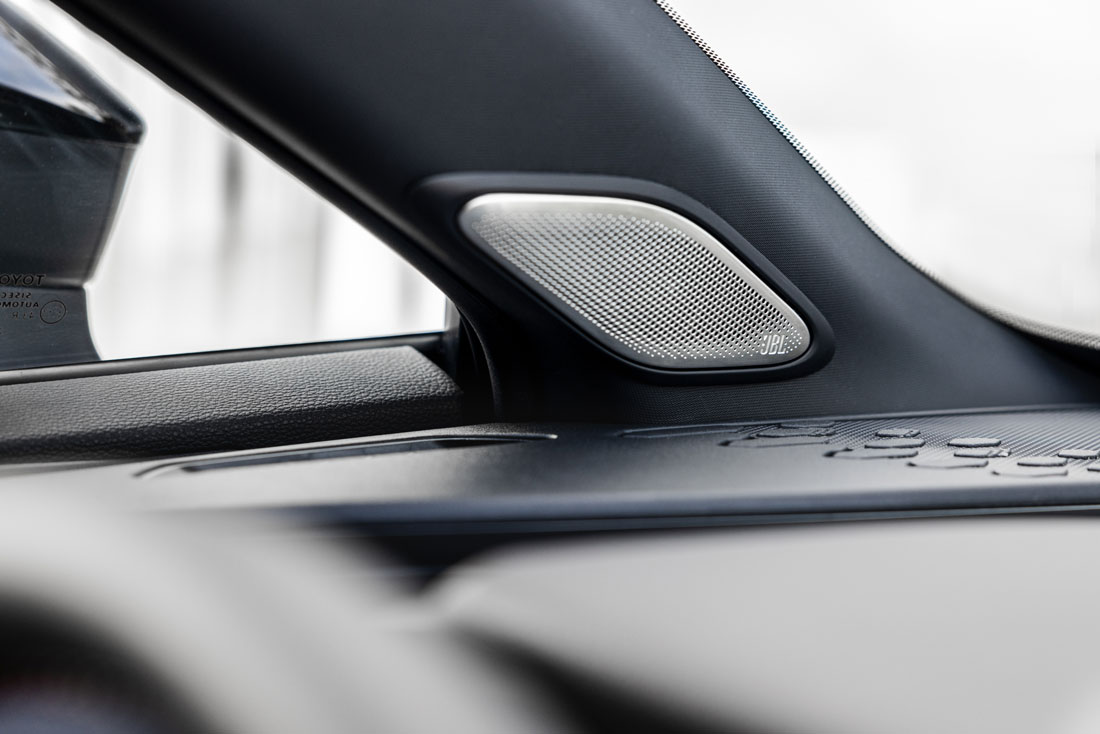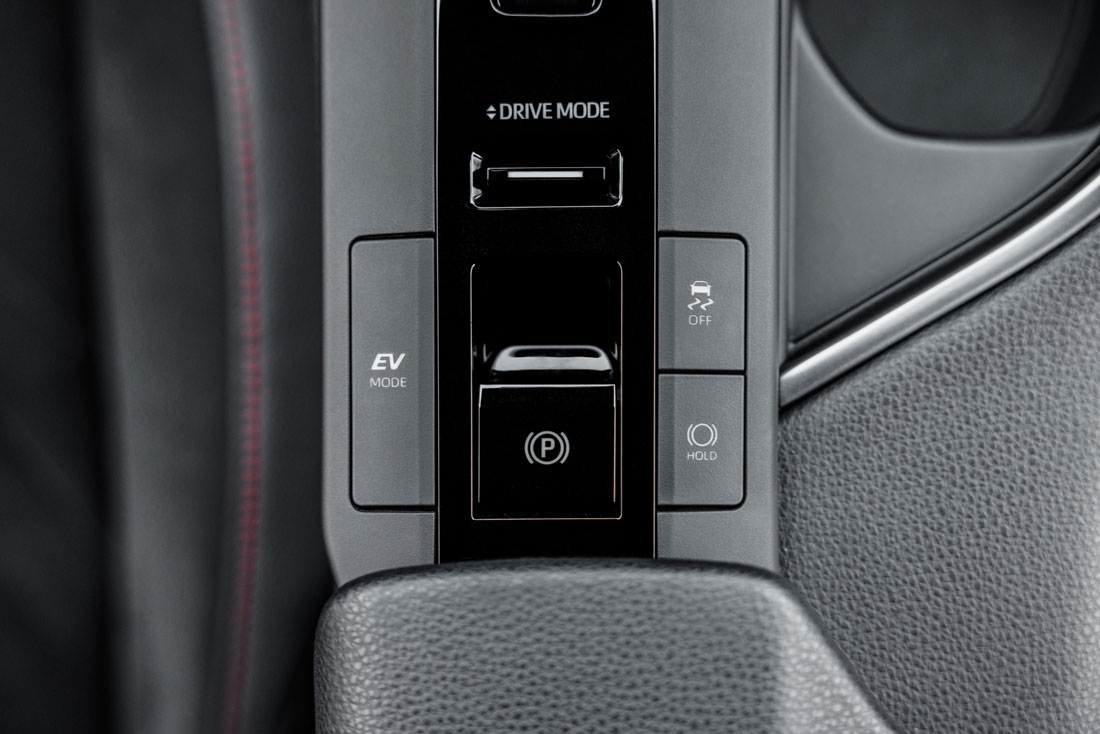The new Toyota C-HR is certainly not a banal car. Building on the success that the first series achieved, here is a second series revised and corrected, but above all improved: born in Europe and destined – in the intentions and forecasts of the Japanese company – to dominate the C-SUV segment, it was the subject of our issue 261 Cover Story.
Like its progenitor, which in seven years has become Toyota’s flagship, it is a very ambitious car. 2.5 centimetres shorter, 3 centimetres wider, but with a wheelbase more or less the same as that of the Corolla Cross which is 10 centimetres longer, it plays the comfort card. Especially for those in the rear seats: thanks to the new shape of the side windows (they go back to touch the rear lights) they gain a view that was missing in the first series.
It’s not all. A long and convincing test on the winding roads of the island of Ibiza revealed first-rate road capabilities. Our car, full hybrid like all versions of the C-HR (next year there will also be a PHEV), was the AWD model and had a two-litre internal combustion engine (the most popular, as an alternative to a 1,8) which with the addition of the electric motor had a considerable power of 195 kW.
On the island’s difficult roads, even those for long stretches wet with autumn drizzle, it offered a pleasant sense of security, thanks above all to precise steering and first-rate braking, but also to prompt acceleration, compliment of a fifth generation hybrid structure that follows the one already successfully tested on the Rav4 SUV.
Born for a European public who was “at the heart of the project”, as stated by Toshio Kanei, the chief engineer responsible for the project, the C-HR also offers a very welcoming interior, with a modern style but safe ergonomics. With a “wing” dashboard, dominated by two 12.3-inch screens, it has comfortable and spacious seats.
There is also an ecological touch, now a mantra for the car industry, with fabrics derived from plastic bottles and the animal-free steering wheel, i.e. covered in synthetic leather, and significant savings (also from the special steels used) in terms of CO2. Not to mention the variable inside lighting and, last but not least, all the safety electronics that Toyota has embraced for some time. The eye, which wants its part, cannot disdain the two-tone which is not limited to the roof but, in some versions, also characterizes the tail, starting from the cut of the rear doors. The challenge is served.

